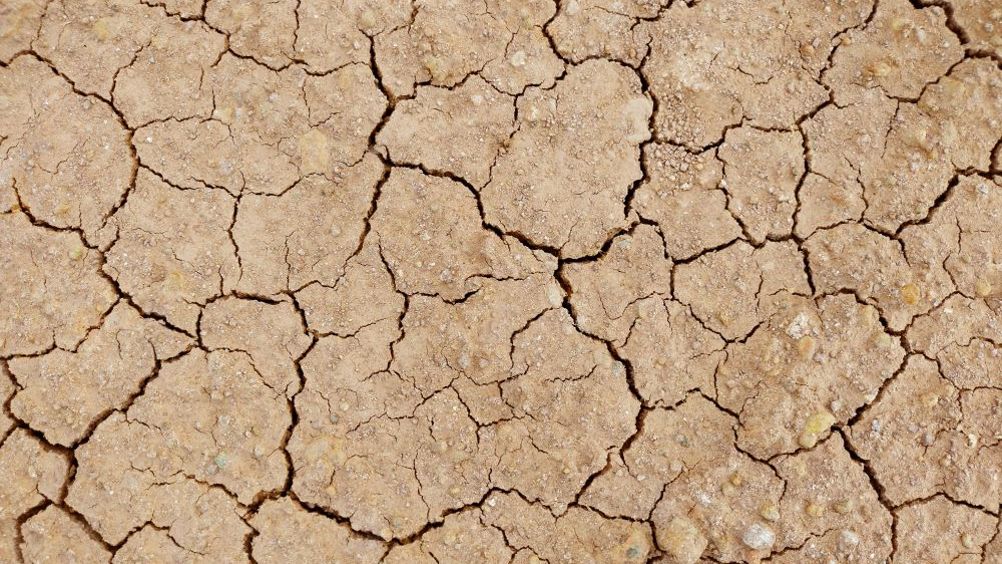References
Moisture-associated skin damage: a framework to guide decision making

Moisture-associated skin damage (MASD) is the term used to describe a range of skin damage caused by the direct contact of body fluids with the skin (Gray et al, 2021). Recently, the International Classification of Diseases-11 (ICD-11) (World Health Organization, 2022) referred to this class of skin damage as irritant contact dermatitis due to friction, sweating or contact with body fluids (EK02.2). The MASD umbrella term currently incorporates incontinence-associated dermatitis, intertriginous dermatitis (intertrigo), periwound dermatitis and peristomal dermatitis (Dowsett and Allen, 2013).
ICD-11 expanded the classification of skin damage by adding two categories: contact dermatitis due to saliva and dermatitis due to contact with prostheses or surgical appliances. At present, there is still no international consensus on terminology and no international evidence-based published guidelines on MASD. For this reason, clinicians must follow local guidance when documenting MASD. Documentation has implications for healthcare providers and institutions looking to quantify the quality of care and benchmark against other institutions internationally. An international consensus framework would also inform evidence-based guideline development in the prevention and treatment of MASD.
Register now to continue reading
Thank you for visiting British Journal of Nursing and reading some of our peer-reviewed resources for nurses. To read more, please register today. You’ll enjoy the following great benefits:
What's included
-
Limited access to clinical or professional articles
-
Unlimited access to the latest news, blogs and video content

